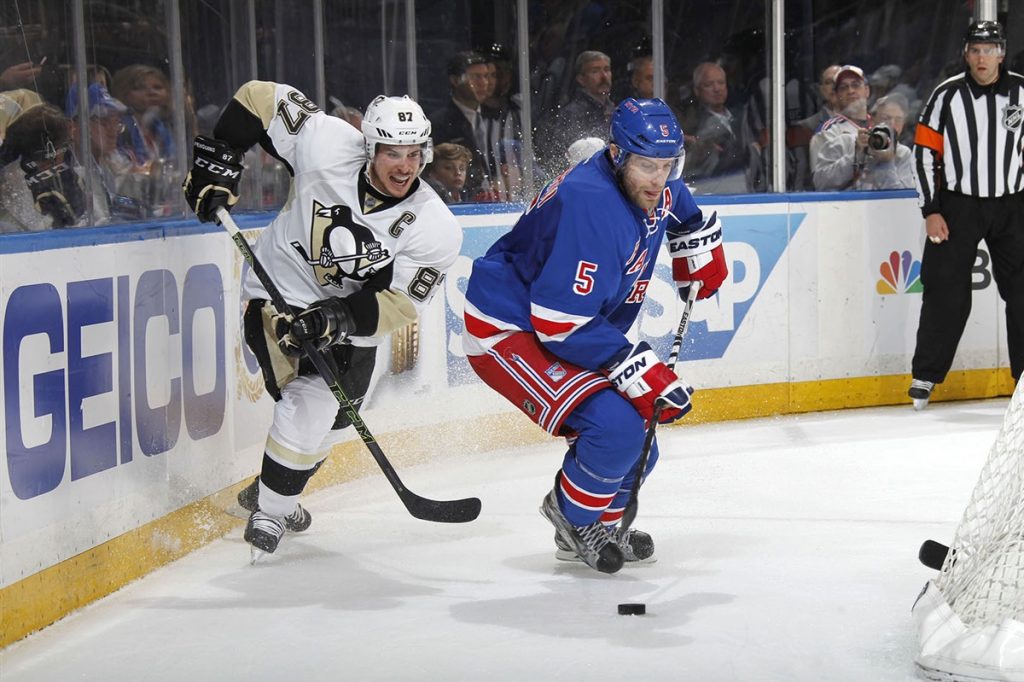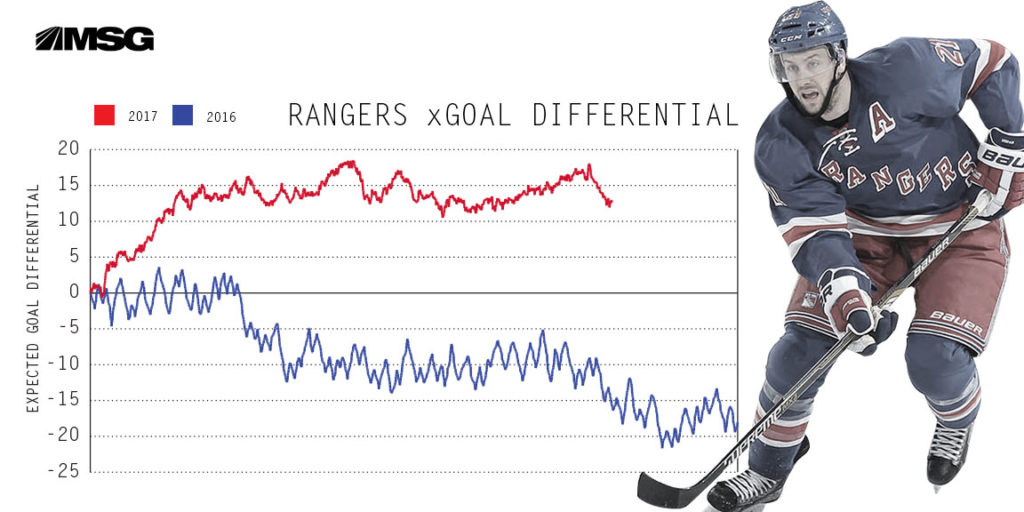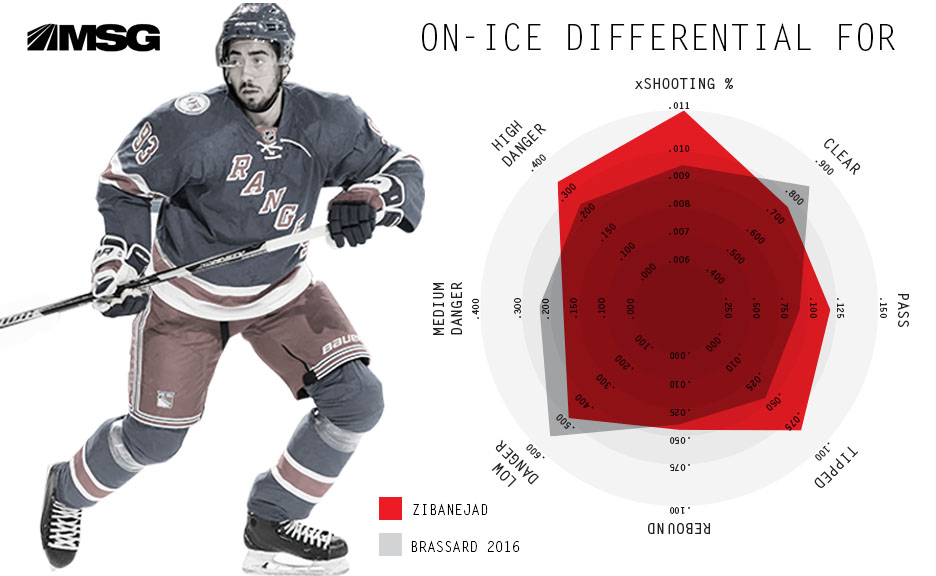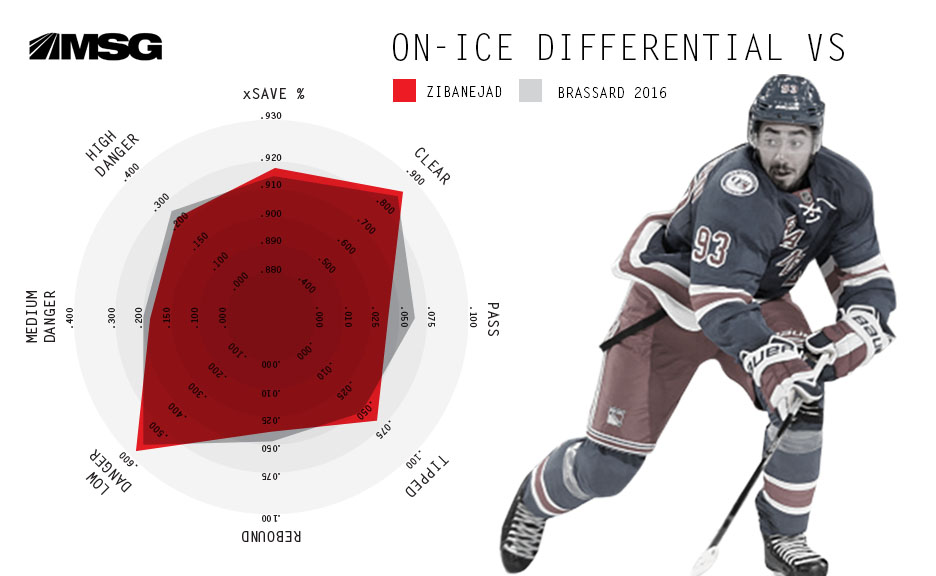By: Chris Boyle
Follow @ChrisBoyle33
Rebuilding your team on the fly is a difficult thing to do. After last season’s disappointing first-round exit to the Penguins, the Rangers looked to be in a difficult place. Older veterans and a younger core that hadn’t quite taken over yet, left the Blueshirts in a difficult spot between a rebuild and going all-in for a Cup run.
Deadline acquisitions had depleted their first-round draft picks and the Rangers were forced to allow some of those acquisitions to walk. When faced with overcoming a divisional powerhouse in Pittsburgh, a return to being a contender looked like a difficult proposition.

In order to achieve this type of quick turnaround, the Rangers really needed to hit the jackpot in free agency — see Michael Grabner — get internal growth from their maturing core — see Chris Kreider and J.T. Miller — restock their roster with cheap talent from the farm system — see Pavel Buchnevich and Brady Skjei — and capitalize on talent acquisition from the trade market.
The Rangers played the trade market beautifully this summer when they dealt Derick Brassard for Mika Zibanejad. Zibanejad not only has controllable years left on his contract at currently half of Brassard’s cap hit, but he is also entering his scoring prime. Meanwhile, Brassard is coming off a career-best shooting season with the Blueshirts and is exiting his scoring prime. The trade was a win alone based on the low-risk aspect of the acquisition, but when we look at the metrics of the players involved, it goes a long way into showing one of the reasons the Rangers have been able to reverse the trend that had them leaning on their franchise goaltender a little too much.

While the Rangers’ territorial play has dipped recently, they are still a far superior team to the one they were last season at this time. They no longer rely on streak shooting and brilliant goaltending to the extent they did during the 2015-16 campaign. Henrik Lundqvist and Antti Raanta have been slightly above average this season and the Rangers just couldn’t have survived that type of production in the crease last year. They are a dynamic offensive team and a lot of that has to do with the upgrade they received from Brassard to Zibanejad. While Brassard was an above-average playmaker, his on-ice results are considerably inferior to the slot-line dominating Swede.

Zibanejad’s pairing with Kreider had chemistry from the get-go and we can see how he is driving offense more efficiently than Brassard. When Zibanejad is on the ice, the offense creates shots with an expected finishing percentage of almost 12% compared to 9% from Brassard. This is accomplished by shots closer to the goal and a ton of pre-shot movement. While Brassard was above average with 82% of clear-sighted shots, he was still reliant on above-average finishing to achieve his success. Zibanejad is forcing goaltenders into seeing only 76% with clear sight and would be extremely successful even with average shooting.
Zibanejad’s expected goal differential is at an elite .555, a significant upgrade on Brassard’s .496 of a season ago. The majority of which is gained in the offensive zone. While Zibanejad’s on-ice defense is better, the difference is negligible.

When Zibanejad is on the ice, the Rangers’ goaltenders have a slightly easier workload. More clear-sighted shots, fewer slot-line passes, and more exterior opportunities. The difference is with average goaltending on both sides of the ice, the opposition goaltender would produce a .890 compared with the Rangers .916. This is how you survive poor shooting luck or hot goaltending. By tilting the ice, you can maintain success when things aren’t going your way.
General Mananger Jeff Gorton remade the team on the fly, which isn’t easy to do. The defense is the one aspect that Gorton wasn’t able to drastically improve over the offseason. He may have addressed that at the deadline with the acquisition of Brendan Smith. With Lundqvist not getting any younger, the Rangers need to lighten his defensive workload through improved defensive coverage, as well as strong backup play. If they can, the window will remain open longer than previously anticipated.

